Say hello to the speediest Singaporean on four wheels. After making waves racing in Europe and New Zealand, 22-year old Andrew Tang is flying the nation’s flag high in the Porsche Carrera Cup Asia.
Photos: Joel Tam
Joining a car race is easy. Just pay the entry fee at any motorsport event and you’re pretty much good to go. Becoming a racing driver on a professional level though? That’s the loftiest of fantasies for most. Yet despite the prevailing indifference (some say apathy) towards cars and racing that prevails in Singapore - especially among the authorities here - Andrew Tang has managed to achieve exactly that; living the ultimate dream of the fledgling car enthusiast community in Singapore.
His rise up the motorsport ladder has been nothing short of meteoric. Starting at the young age of 7, Andrew quickly showed promise, winning the cadet category of the 2005 Macau International Kart Grand Prix two years later. After a four-year hiatus to focus on the Primary School Leaving Exams (PSLE), he returned with a vengeance, taking the Senior category crown in the 2010 Rotax MAX Asia Challenge, and thus securing a place to represent Singapore in the Rotax MAX Challenge Grand Finals in Italy. Soon after, he was talent-spotted by none other than McLaren supremo Ron Dennis himself and was inducted into Team McLaren’s Young Driver Programme in 2012, where he raced against, amongst others, a certain young M. Verstappen in kart races across Europe.
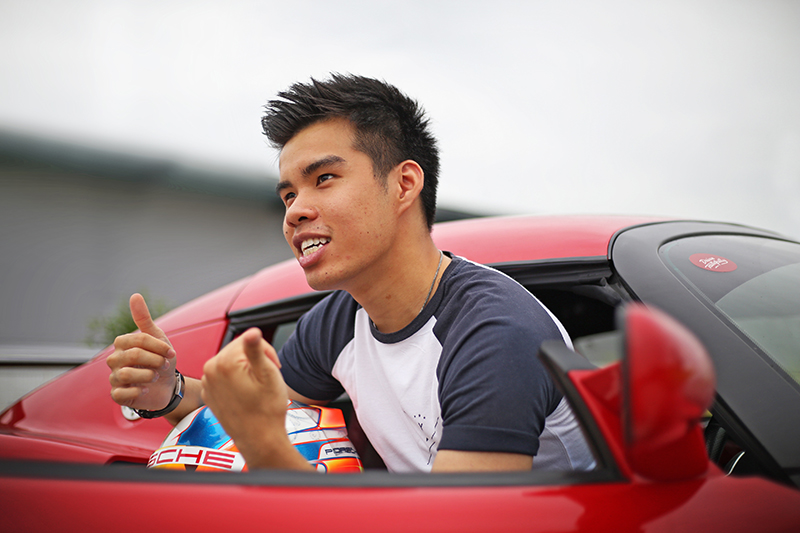
It wasn’t until two years later that the name “Andrew Tang” would become prominent. This was when he became champion of the 2014 Toyota Racing Series in New Zealand, becoming the first non-Kiwi ever to do so. Sadly, his rapid rise up the ranks was curtailed by National Service, but he’s since bounced back from that setback, having been picked up by the Porsche China Junior Team in the Porsche Carrera Cup Asia, where he’s currently lying 3rd in the Championship, with two race wins under his belt. We caught up with him recently to try and dig deeper and find the driving force behind Singapore’s latest driving prodigy.
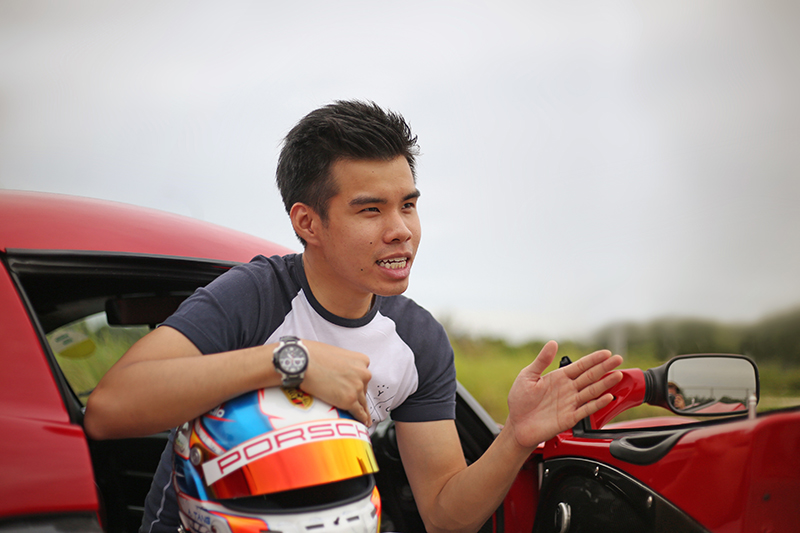
BP: What was it that sparked your interest in cars in general and motorsports in particular?
Andrew: My family has always been big fans of motorsports. We used to watch F1 every single weekend; we followed the season very closely and I think that’s where I got the love for the sport. I’ve been watching since I was 3, and it was in my weekly routine to watch F1. That’s pretty much how my interest in the sport developed.
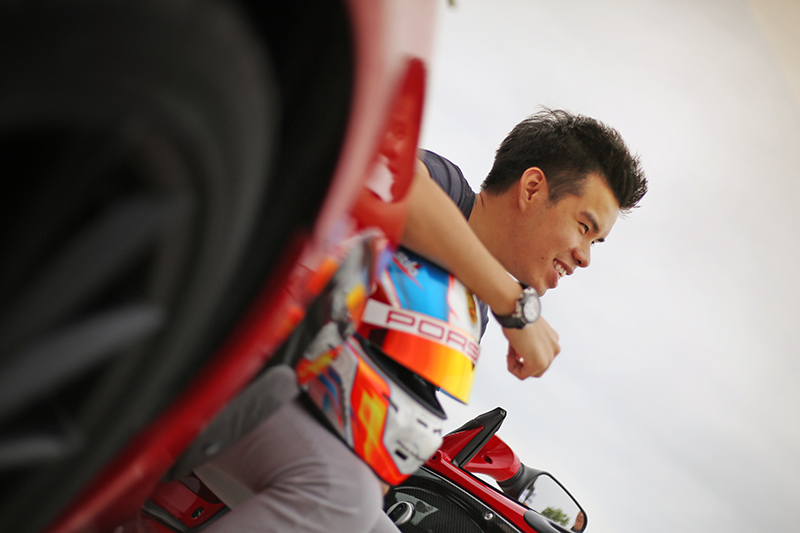
BP: You’ve had to put your racing career on hold twice in your life now — once for studies and once for NS. Were these two periods completely bereft of motorsports activities, or was there still a little bit of racing in your spare time (either the occasional kart race or racing games/simulators on the computer at home)?
AT: I’ve had two big breaks from motorsports, one when I was 11-15 and the other for NS, so from 19-21. I couldn’t really get much driving time especially when I was doing my National Service because of time constraints, but there was always some video games I could play with to keep in the loop and that’s how I kept my racing going.
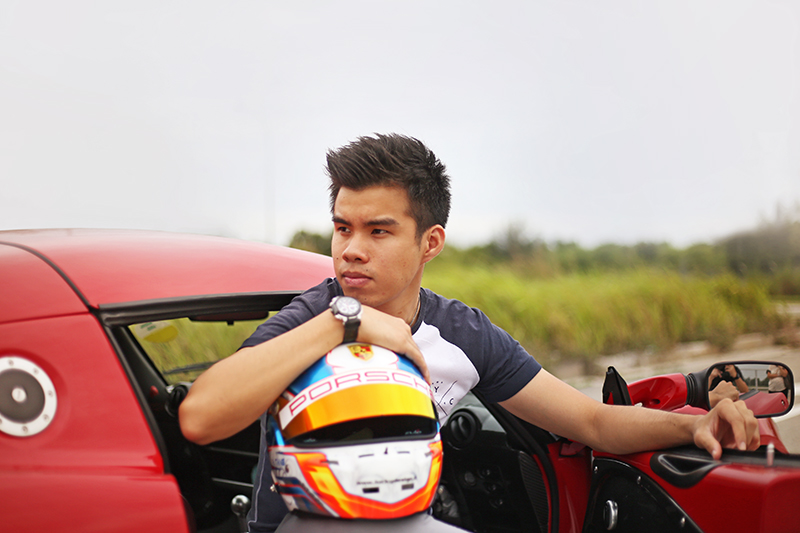
BP: What aspects or skills did you find most difficult to readjust to, and how did you get your head back in the groove after both these breaks?
AT: I think the hardest thing in racing to readjust to was the track time. Getting more comfortable with the car is something you can only achieve if you’re driving all the time, so when I had the big breaks it was a bit tough coming back, but I had some time to knock off the rust, and I think I’m making steps in the right direction, so I just have to keep working at it.
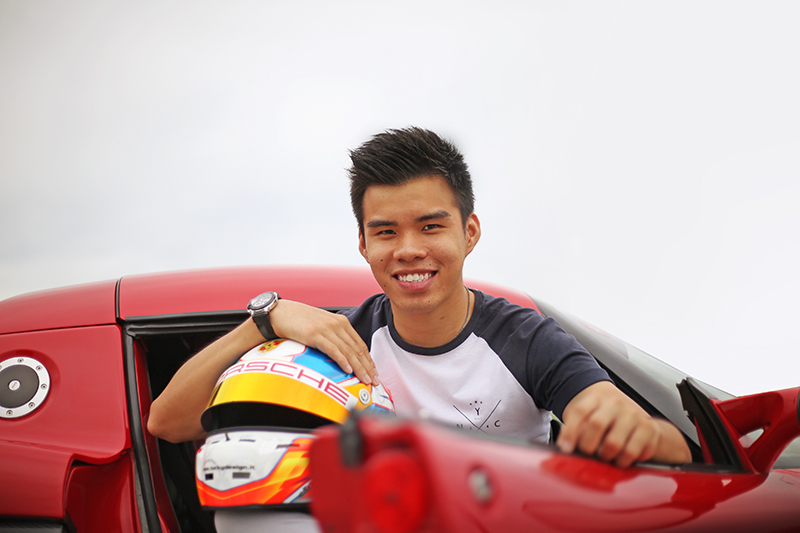
BP: Apart from karting and circuit racing, have you attempted (or want to attempt) any other types
of motorsport?
AT: I’ve never tried anything other than circuit racing, but I would like to attempt rally racing. I think rally is a really tough sport, especially with the variables you have to go through, as well as working with a co-driver, so I think it’d be a really good experience and it’s something I would like to try.
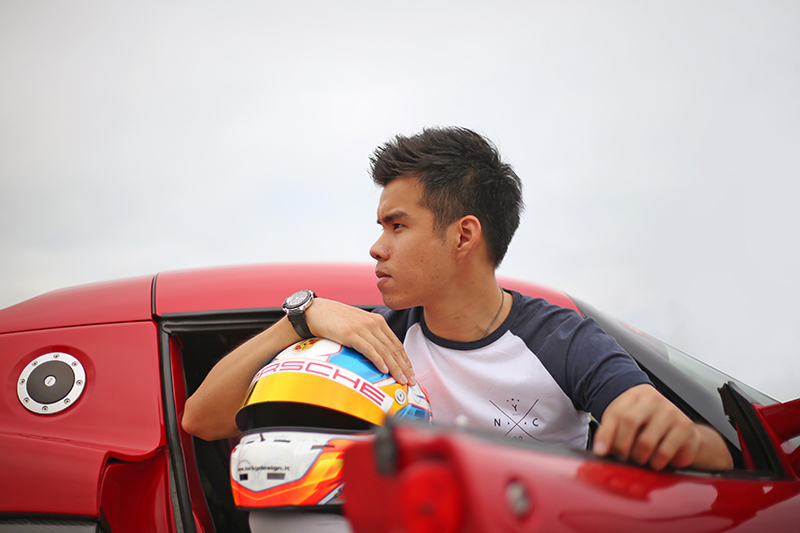
BP: So would that be the full-on mixed surface formats or a pure tarmac rally?
AT: I think I would like all kinds of rallies whether it’s on dirt or tarmac. I still think my real calling is for circuit racing though, but to have a go at rally would be really cool.
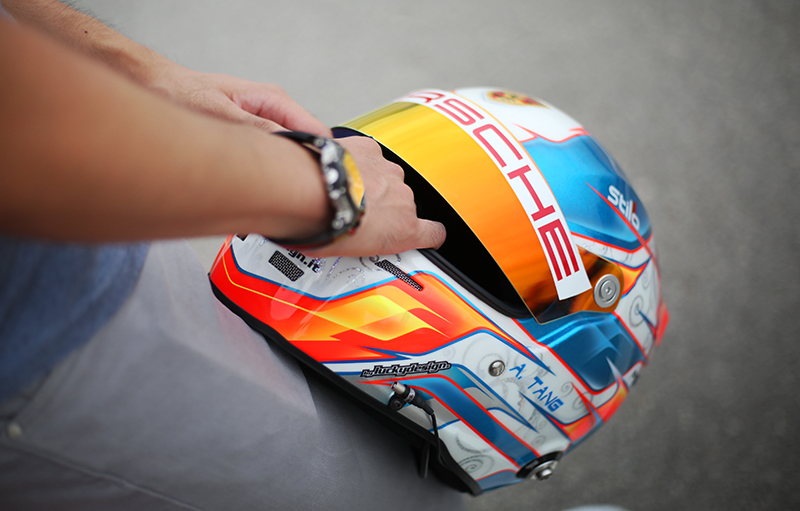
BP: How did the Toyota Racing Series (TRS) drive come about?
AT: It came about in 2013 when I was 18. It was my first year in car racing after stepping up from karting, and the whole point of it really was to prepare for the European season of 2014. I’d heard of the series in New Zealand and it was held during the northern hemisphere’s winter months when there’s no racing in Europe, so we decided it would be a good series to prepare for the upcoming season.
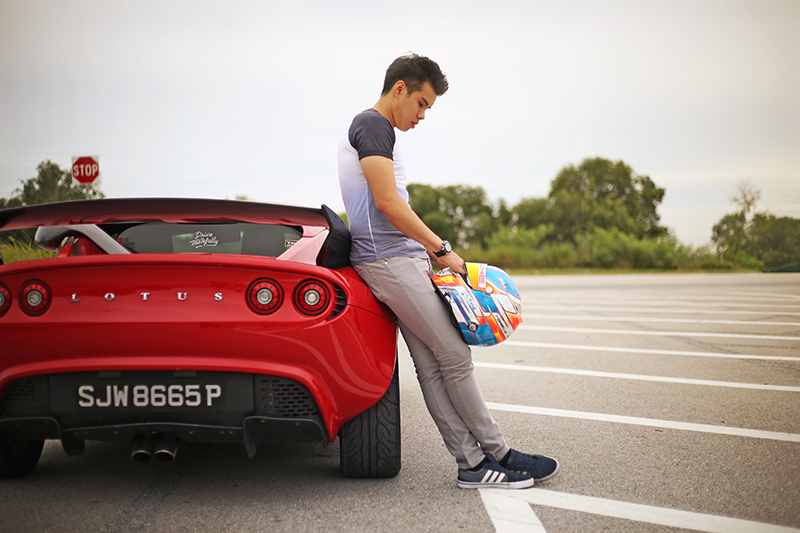
BP: How much support did you receive from official Singaporean bodies (e.g. Sports Council/SMSA), especially before your landmark championship in TRS?
AT: Support from these governing bodies was actually pretty good even when I was karting. They gave me quite a lot of help in terms of giving me a gym and facilities to train or get massages done, which was quite helpful for the physical aspects, and overall I think we’re taking steps in the right direction for motorsports.
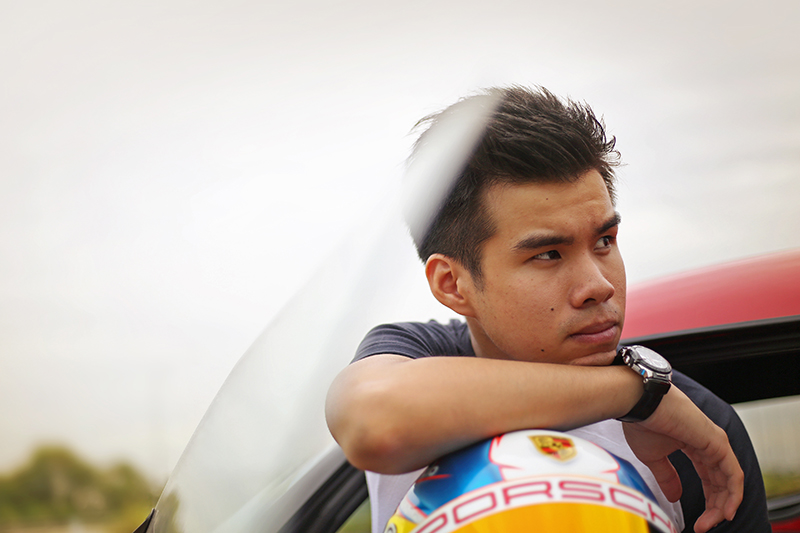
BP: Chasing a professional racing career obviously requires a huge investment of time and
resources. What were the sacrifices you and your family had to make in order to support your
career?
AT: Pursuing this career professionally obviously meant a lot of time away from home, especially on my part. It was too expensive for us to move to Europe together as a family, so I moved there alone, to train and improve my skills in general. That was really a big sacrifice because we are a close family and I had to spend a lot of time away from them as well as my friends. There was also a lot of travelling involved, and that could get tough at times too.
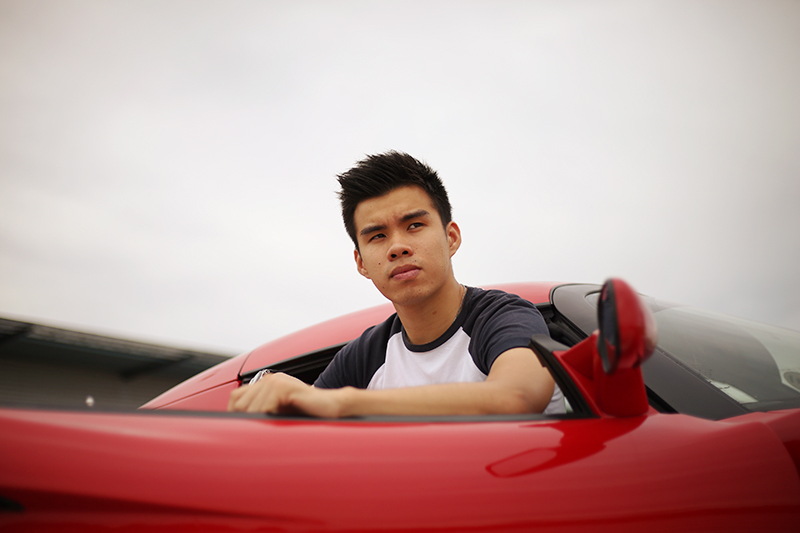
BP: Give us a detailed rundown on the differences in approach/driving style required to get the
maximum out of a single-seater and your 911 Cup car?
AT: There is certainly a different approach needed in terms of driving a Formula car and a GT car. Number one is the weight — one weighs about half a tonne, the other about 1.3 tonnes. Then there’s also the fact that in a GT car you have a roof over your head, so both physically and mentally it’s a bit different, especially in the way you see the car from the cockpit. But at the end of the day it’s still 4 wheels and a steering wheel, so you learn to get used to it and adapt.
Compared to other cars, my 911 has all the weight in the back due to being rear-engined, so it can be a bit tricky in the corners. It has a tendency to understeer, but it has very good traction and overall handles quite sweetly despite the weight distribution. In the fast corners we have good aerodynamic grip, and it’s just a well thought out and developed car in general.
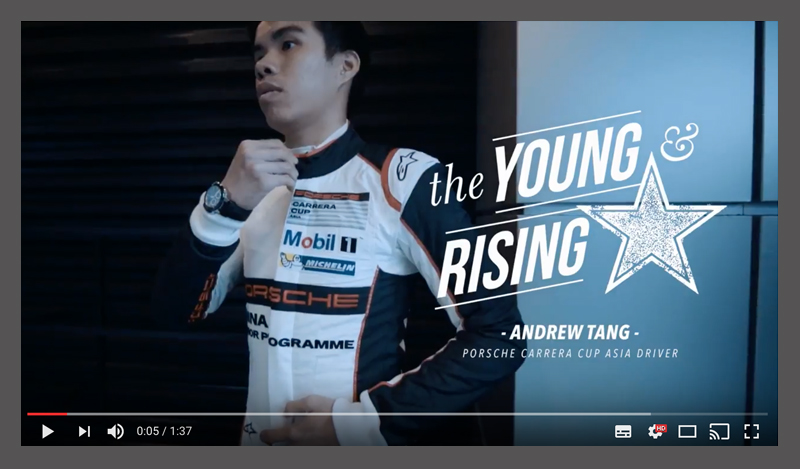
Watch Andrew as he shares his love for the Porsche brand and talks about winning his dream championship. Now showing, at our video page.
